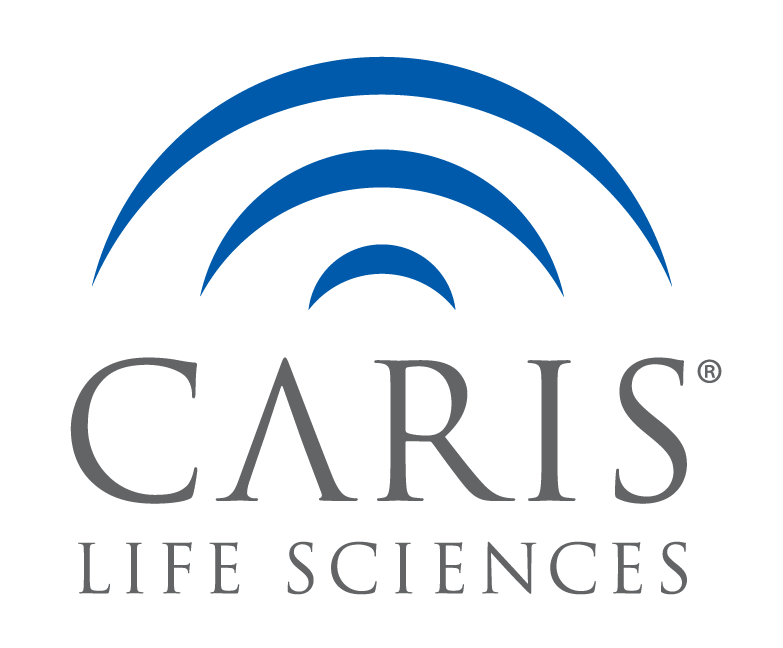Abstract
Background ONB, SNEC and SNUC are rare sinonasal neoplasms demonstrating varying neuroendocrine characteristics, with limited systemic treatment options. ONB expresses SSTR2, diagnostically and therapeutically actionable; SNUC is heterogeneous and a diagnosis of exclusion. We examined the gene expression of SSTR2 and the immune landscape in ONB, SNUC and SNECs.
Methods ONB (N = 26), SNUC (N = 25), and SNEC (N = 7) tumors (all histologies per referring clinician, not internally validated) were tested at Caris Life Sciences (Phoenix, AZ) with NextGen Sequencing of DNA (592-gene or whole exome [WES]) and RNA (whole transcriptome). Tumors were defined as HPV 16/18+ using WES and Epstein Barr Virus+ (EBV+) using WES and EBER ISH. SNUC was further stratified into EBV+/EBV– cohorts. PD-L1 expression (22C3; Positive (+): TPS ≥1%) was assessed by IHC. A combination of IHC, NGS, and fragment analysis was used to assess deficient mismatch repair status and microsatellite instability (dMMR/MSI). RNA-Seq data were analyzed for a transcriptomic signature predictive of immunotherapy response (T-cell inflamed score) and immune cell fractions were estimated using quanTIseq. Mann-Whitney U, Fisher’s Exact and χ2 tests were applied as appropriate with p-values adjusted for multiple comparisons (p < 0.05).
Results All ONB and SNEC were EBV–, while 60% (15/25) of SNUC were EBV+. Only 10% (1/10) of EBV– SNUCs were HPV16+ with all other tumors being HPV 16/18–. The median expression of SSTR2 was highest in ONB followed by EBV+ SNUC, EBV– SNUC and SNEC (27.9, 8.4, 3.1, 3.1 (transcripts/million [TPM])) (figure 1, asterisk indicates p < 0.05). 18.75% (3/16) of ONB, 10% (1/10) of EBV– SNUC, and 100% (13/13) of EBV+ SNUC were PD-L1+ (p < 0.05, no data for SNEC). T cell-inflamed tumors were significantly more prevalent in EBV+ SNUC (67%) compared to EBV– SNUC (49%), ONB (9%) and SNEC (0%, p < 0.001). EBV+ SNUC had significantly higher median estimates (%) of immune cell infiltrates, including B cells (15.1, 8.2, 7.1 and 8.8), CD8+ T cells (5.2, 0.2, 0.5, 0.0), M1 macrophages (6.0, 1.3, 0.4, 0.6), and Tregs (7.2, 1.0, 0.0, 0.0) compared to EBV- SNUC, ONB and SNEC (all p < 0.05)
Conclusions In this real-world dataset, the highest expression of SSTR2 was found in ONB and EBV+ SNUC, suggesting a role for SSTR2-directed strategies. Additionally, all EBV+ SNUCs were PD-+, immunogenic, and predominantly T-cell inflamed suggesting potential for immunotherapeutic strategies. For SNUC, validation of these results in additional cohorts is important.

